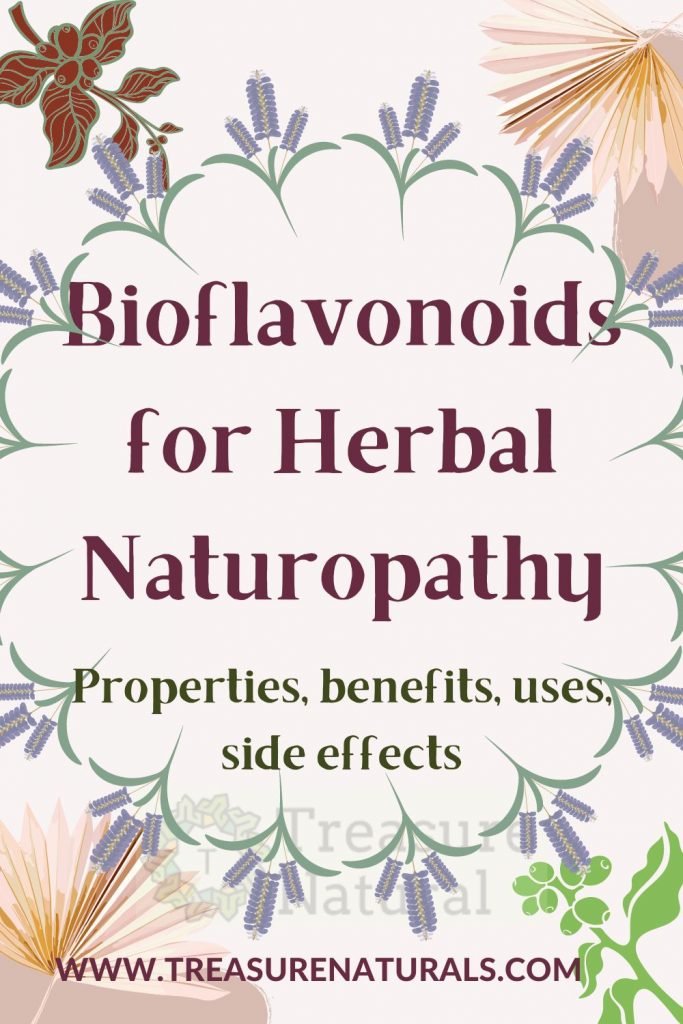
Bioflavonoids are plant polyphenols that are very common in nature and are part of the composition of various foods. They have an antioxidant action and protect capillaries and collagen. Let’s find out better.
What are Bioflavonoids
Bioflavonoids are one of the main groups of plant polyphenols. Bioflavonoids take their name from the Latin word flavus (which means “yellow”), referring to the fact that they are responsible for the pigmentation of plants, fruits and flowers.
They are sometimes referred to collectively as vitamin P. Bioflavonoids were identified, the discoverer of vitamin C, who observed that bioflavonoids have a synergistic effect with vitamin C and are of great importance in strengthening blood vessels, especially the capillaries, regulate their permeability, are essential to protect vitamin C from oxidation, carry out antiviral and anticarcinogenic activities.
Bioflavonoids can be divided into further sub-categories (flavones, isoflavones, etc.), which include other plant pigments, such as anthocyanins, responsible for the blue-violet color of fruit and vegetables.
Main functions of bioflavonoids
Bioflavonoids can be useful in the treatment and prevention of numerous diseases. They are powerful antioxidants, defined biological response modifiers, due to their ability to modify the body’s reaction to allergens, viruses and toxins.
Their antioxidant action is enhanced by the fact that they prevent the oxidation of vitamin C thus increasing its effectiveness. The main functions include:
- Capillary protection action: reduction of permeability and protection of capillary vessel walls, useful for preventing and treating capillary fragility, edema (accumulations of fluid) especially in the legs, preventing and treating venous problems (varices, hemorrhoids, etc. ), prevent bleeding, bruising and extensive hematomas due to fragility of the capillary walls;
- Protection of collagen: which is the supporting protein of tendons, ligaments and cartilages, as well as the walls of blood vessels;
- Antioxidant action and inactivation of free radicals: prevention of infections, allergies, degenerative diseases and tumors, delay in cellular aging.
Where are
Bioflavonoids are found in fruits and vegetables and are responsible for the yellow, red, blue and orange color of these.
Bioflavonoids can also be found in the seeds, leaves and roots of some plants, red wine and tea.
In commercially available supplements, bioflavonoids are present alone or in association with each other or with plant extracts (such as horse chestnut, sweet clover, centella asiatica, pineapple) in order to enhance their action.
Bioflavonoids are also used by official medicine for the treatment of varicose veins, internal and external hemorrhoids and against capillary fragility.
Contraindications of bioflavonoids
Bioflavonoids are contraindicated in pregnancy and breastfeeding.






